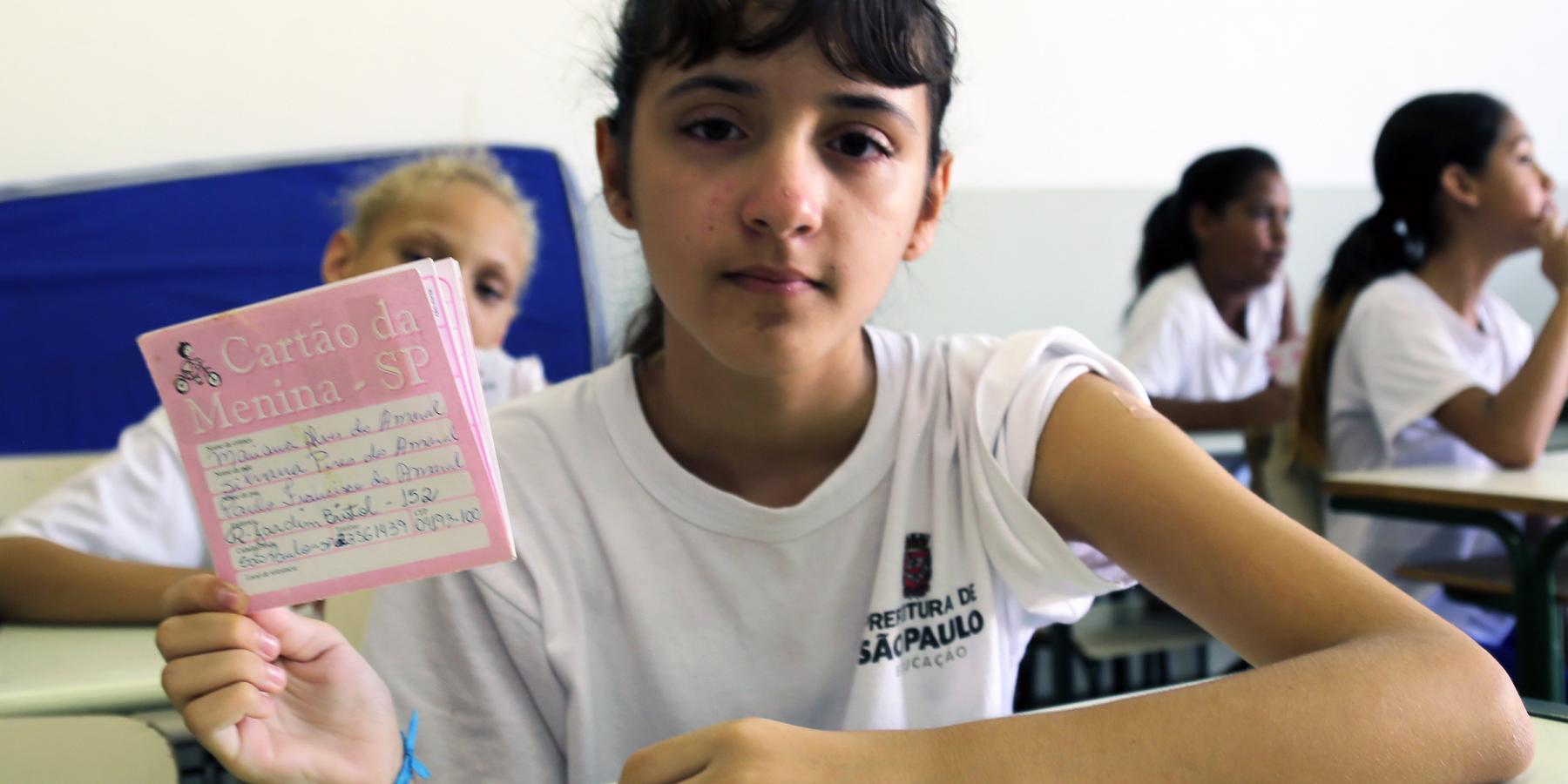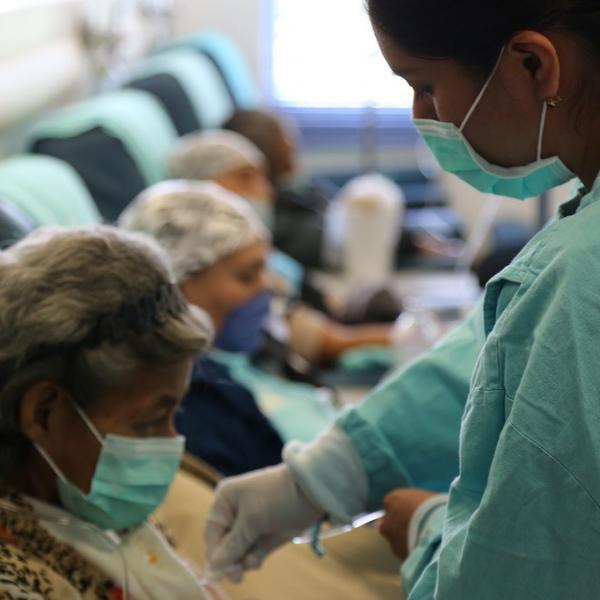The Disease
Cancer is a term used for a group of diseases that can affect any part of the body. They can also be known as malignant tumours and neoplasms. A defining characteristic of cancer is rapid abnormal cell growth, capable of invading adjacent parts of the body. When these cells spread to other organs, the process is called metastasis, and the metastases at secondary sites are the major cause of cancer deaths.
While there are regional and sex differences, globally, the main types of cancer are:
• Lung (1.8 million new cases diagnosed in 2012; 1.4 million deaths/year)
• Stomach (952,000 new cases; 737,000 deaths)
• Liver (782,000 new cases; 695,000 deaths)
• Colorectum (1.4 million new cases; 609,000 deaths)
• Breast (1.7 million new cases; 458,000 deaths)
The Response
Prevention and risk factors
More than 30 % of cancers are preventable through modification of behaviour and lifestyles. In addition to the risk factors of unhealthy diet, tobacco use, physical inactivity and harmful use of alcohol, reduction in exposure to cancer-related infections such as HPV (cervical cancer), HBV (liver cancer) and helicobacter pylori (stomach cancer), as well as environmental and occupational exposure to carcinogens are the focus areas of cancer prevention.
Early Detection
Many of the most common high-impact cancers – breast, cervical, oral and colorectal cancers – lend themselves to affordable and accessible early detection through screening, with high potential for recovery if diagnosed at an early stage and appropriate treatment is provided.
Treatment
Treatment involves a series of interventions, including psychosocial support, surgery, radiotherapy, and chemotherapy aimed at curing the disease or prolonging life considerably while improving the patients’ quality of life.
Palliative Care
Palliative care, including access to pain relief is an urgent humanitarian need worldwide for children and adults with advanced cancers. Current estimates suggest that at least 2.9 million cancer and HIV/AIDs patients suffer the terminal phase of their disease with no pain relief. At the 67th WHA in May 2014, a ground-breaking resolution was adopted to drive national action to reduce barriers to the accessibility and availability of palliative care. To read the final resolution click here. For more information on palliative care visit the website of the World Palliative Care Alliance.
World Cancer Declaration
UICC is committed to reducing the global cancer burden through delivering the targets of the World Cancer Declaration.
Building on the Global NCD Action Plan (2013-2020) agreed by Member States at the World Health Assembly in May 2013, the global cancer community has identified a set of immediate actions for all stakeholders, in particular governments, to advance progress towards the 9 World Cancer Declaration targets and the overarching goal.
The World Cancer Declaration calls upon government leaders and health policy-makers to significantly reduce the global cancer burden, promote greater equity, and integrate cancer control into the world health and development agenda.
This call to action sets out 9 goals to be achieved by 2025 including:
• Universal vaccination programmes for hepatitis B (HBV) and human papillomavirus (HPV) to prevent liver and cervical cancer
• Dramatic reductions in the emigration of health workers with specialist cancer training
• Universal availability of effective pain medication
• Dispelling myths and misconceptions about cancer
Each year, on the 4th February, UICC oversees activities for World Cancer Day. Find out more in the video below.
Sources: uicc.org and cancer.org http://wcrf.org/


